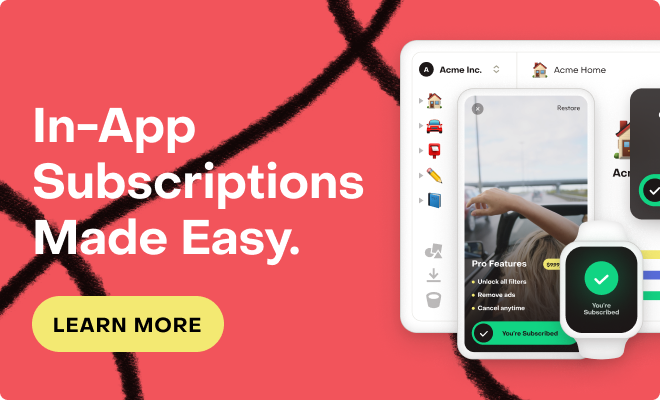Hi,
I am working on an app that doesn’t have user account management and is already integrated with RevenueCat for some existing features. We’re introducing a new feature where users can purchase digital stickers.
There are thousands of sticker packs, and new ones are added regularly. Therefore, creating individual products for each sticker pack isn’t practical. Instead, we’ve categorized the stickers into pricing tiers: for example, product_sticker_tier_1 and product_sticker_tier_2, which are set up as consumables on Google Play and the App Store. Each sticker is associated with a unique ID, such as:
sticker_a: associated withsticker_tier_1sticker_b: associated withsticker_tier_1sticker_c: associated withsticker_tier_2
When a sticker is purchased, the app must send an API request to our backend to deliver the sticker to the user. However, I need to ensure that the server can validate whether a user (identified only by an anonymous ID) has purchased the corresponding sticker before allowing the download.
My question is how can I use RevenueCat’s API for the validation flow, so I can verify on server that the purchase of a specific sticker (e.g., sticker_a) has been made by the user?
I’m looking for guidance on how to handle this scenario effectively with RevenueCat while maintaining data integrity and user security.




